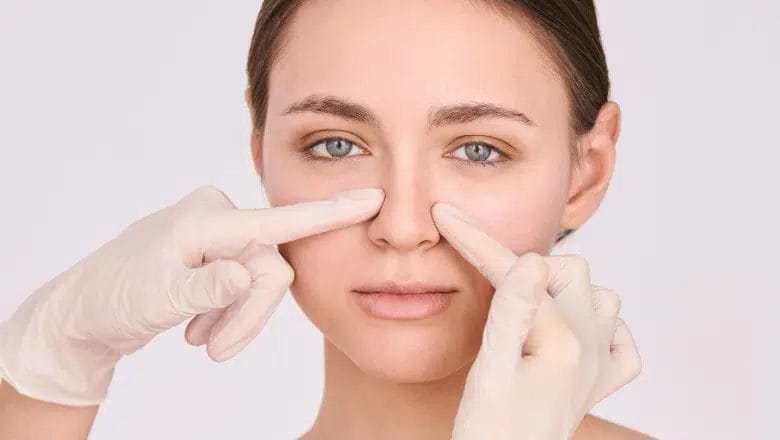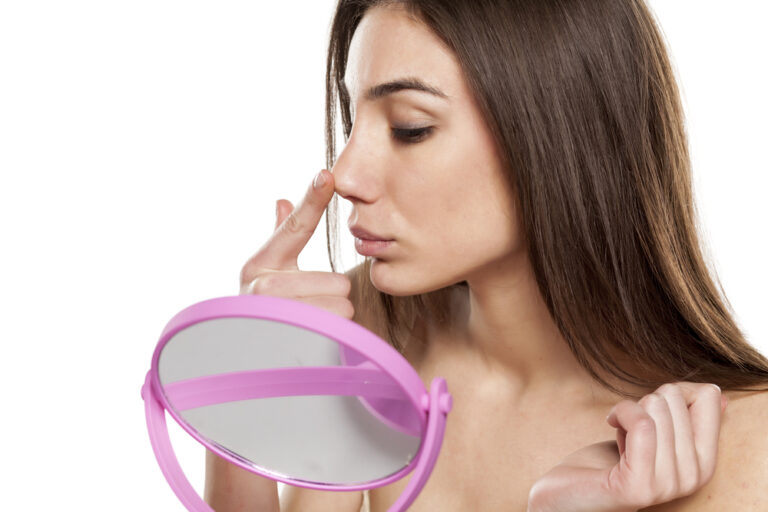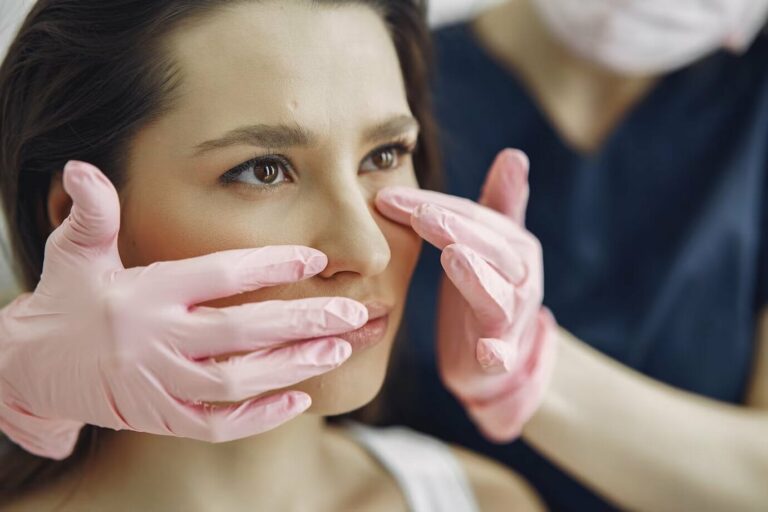Elevate Your Look: Exploring Causes, Surgical Solutions, and Aesthetic Advantages of Lifting Droopy Nasal Tips

Are you struggling with a droopy nasal tip that affects your facial balance? A droopy nasal tip can indeed alter the overall aesthetics of your face, making your nose appear longer or more prominent. Fortunately, there are effective methods to correct this issue. This guide from surgora.com will explore the causes, surgical techniques for correction, and the recovery process involved in addressing a droopy nasal tip.
What Causes a Droopy Nasal Tip?
A droopy nasal tip can result from several factors, including:
- Weak or Underdeveloped Cartilage: The cartilage at the tip of your nose may lack support, leading to droopiness over time.
- Ageing: As we age, the skin and cartilage lose strength, contributing to a sagging tip.
- Genetics: Some individuals may have a hereditary predisposition to a droopy nasal tip.
- Previous Surgery or Trauma: Past injuries or surgeries can weaken the nasal structure, making it more prone to drooping.
How to Fix a Droopy Nose Tip: Surgical Techniques
Rhinoplasty is the primary surgical method for correcting a droopy nasal tip. Here are some common techniques employed:
- Tip Rotation and Projection: Surgeons can rotate the nasal tip upward through precise cartilage modifications to achieve a more balanced profile.
- Cartilage Grafts for Support: To reinforce a weak or bulbous tip, cartilage grafts can be utilized, providing the necessary structural support.
- Alar and Columellar Modifications: Adjustments in the soft tissue or columella can enhance the tip’s shape and projection.
Non-Surgical Options
For mild cases, dermal fillers may offer temporary lifting effects; however, these results are not permanent and cannot replace surgical correction.
Recovery After Tip Rhinoplasty
Post-surgery recovery is crucial, and understanding the process can ease your mind:
- Initial Recovery (First 1–2 Weeks):
- Expect swelling and bruising that peaks in the initial days.
- A splint may be used to stabilize the nose.
- Avoid heavy lifting and strenuous activities.
- Follow aftercare instructions to minimize swelling and promote healing.
- Mid-Term Healing (Weeks 3–6):
- Most swelling subsides, revealing a more refined nasal tip.
- You can gradually resume light exercise, avoiding contact sports.
- The nose may feel firm or slightly numb as healing continues.
- Final Results (6–12 Months):
- The nasal tip softens, and definition improves over time.
- Minor swelling may persist but is generally unnoticeable.
Aesthetic and Functional Benefits of Tip Rhinoplasty
Correcting a droopy nasal tip not only enhances aesthetics but can also improve breathing function. Many patients report increased confidence and a more harmonious facial appearance post-surgery.
Choosing the Right Surgeon for Tip Rhinoplasty
The success of your rhinoplasty largely depends on selecting a skilled surgeon. Look for a professional with extensive experience in nasal tip refinement and ask to see before-and-after photos of similar cases during your consultation.
Common Concerns About Droopy Nose Tip Correction
Many individuals have questions and concerns regarding rhinoplasty:
- Will the Surgery Be Painful? Most patients experience mild discomfort, managed effectively with prescribed medications. Initial swelling may cause some discomfort, but it typically subsides quickly.
- Will My Nose Look Natural? A well-executed rhinoplasty enhances natural features, aiming for a balanced result that complements your face.
- How Long Until I See the Final Results? While initial improvements are noticeable within weeks, full refinement may take up to a year as swelling diminishes.
Lifestyle Adjustments for Better Healing
To optimize your recovery process, consider the following:
- Avoid smoking and alcohol to promote healing.
- Maintain a healthy diet rich in nutrients to support tissue repair.
- Sleep with your head elevated to minimize swelling.
- Be patient; healing takes time, and rushing can lead to stress.
Is Rhinoplasty Right for You?
If you’re considering options for correcting a droopy nasal tip, consulting with a specialist is essential. A qualified surgeon will evaluate your unique nasal structure and recommend a tailored approach to achieve natural-looking results.
Final Thoughts
Correcting a droopy nasal tip can significantly enhance your facial aesthetics and boost your confidence. By understanding the causes, surgical techniques, and recovery processes, you can make an informed decision. If you’re troubled by a droopy nasal tip, exploring your options with a qualified surgeon can be a step toward a more confident you. Modern rhinoplasty techniques offer safe and effective solutions for both subtle refinements and more pronounced changes.






